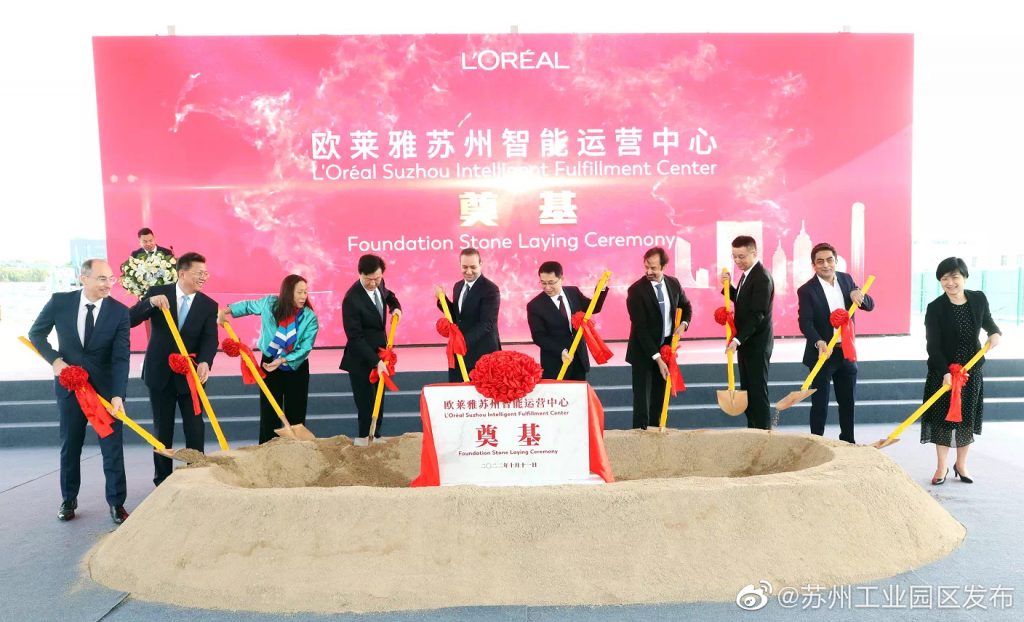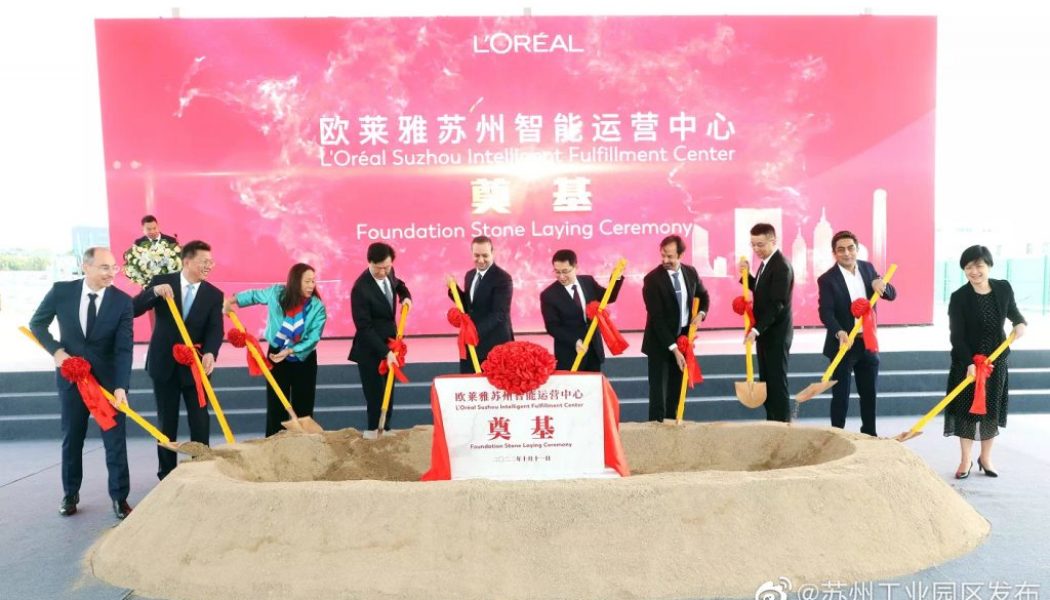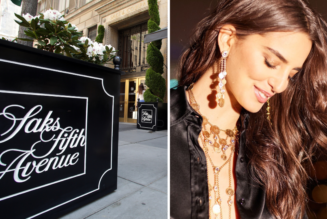What Happened: In China’s already hyper-competitive fashion, apparel and luxury market, doing business just got harder — especially if you are a foreign brand. According to McKinsey’s latest report, in 2021, the top 20 local Chinese brands made up 60 percent of total sales in the apparel market, up from 54 percent the year before; meanwhile, foreign brands’ sales shrank from 46 percent to 40 percent from the year before.
The same report found that 52 percent of surveyed Chinese consumers prefer local fashion apparel brands to foreign ones. Similarly, 42 percent of Chinese respondents said they prefer local beauty brands compared to foreign skincare and cosmetics options.
The Jing Take: Chinese fashion and luxury brands are now outpacing their global rivals thanks to strong localized strategies that include social media outreach to consumers via key opinion leaders (KOLs) and key opinion consumers (KOCs).
With China’s urbanization rate expected to skyrocket from 50 percent in 2010, to 70 percent by 2030, global fashion and luxury brands will need to adapt to secure the nation’s rising middle class population as a key clientele demographic. According to McKinsey’s report, the middle class’ rising earnings means a larger segment of consumers will have disposable income.
Foreign brands will need to find better ways to connect with consumers through China’s various multichannel e-commerce and social media platforms. For instance, by equipping themselves with better live-streaming capabilities and educating consumers along their purchase pathways, brands can look to better tailor their social media channels to authentically and efficiently connect with their target clientele.
The report also notes that local Chinese brands have gained further advantages through adopting savvy and streamlined operating models, as well as smarter supply chain management. Foreign brands can look into this is by localizing product development and packaging to better “reflect local tastes and trends,” and accelerating their China-based product development and D2C capabilities.
An example of this approach is L’Oréal’s newest smart operations hub in Suzhou, where the beauty giant expects to put its newest intelligent center into operation by Q4 of this year. The hub will handle warehousing and packaging to expedite the local supply chain process.

In October 2022, L’Oréal started the construction of an intelligent operation center in Suzhou to improve logistics. Photo: Suzhou Industrial Park
Similarly, American lifestyle consumer goods retailer Procter & Gamble announced earlier this year that it would move its supply chain center from Europe to Guangdong. The move will further streamline the conglomerate’s operations in China, making the new facility its largest production base as well.
Amid China’s post-pandemic reopening, foreign brands will need to take note and pay closer attention to evolving consumer needs, tastes and buying power.
The Jing Take reports on a piece of the leading news and presents our editorial team’s analysis of the key implications for the luxury industry. In the recurring column, we analyze everything from product drops and mergers to heated debate sprouting on Chinese social media.









